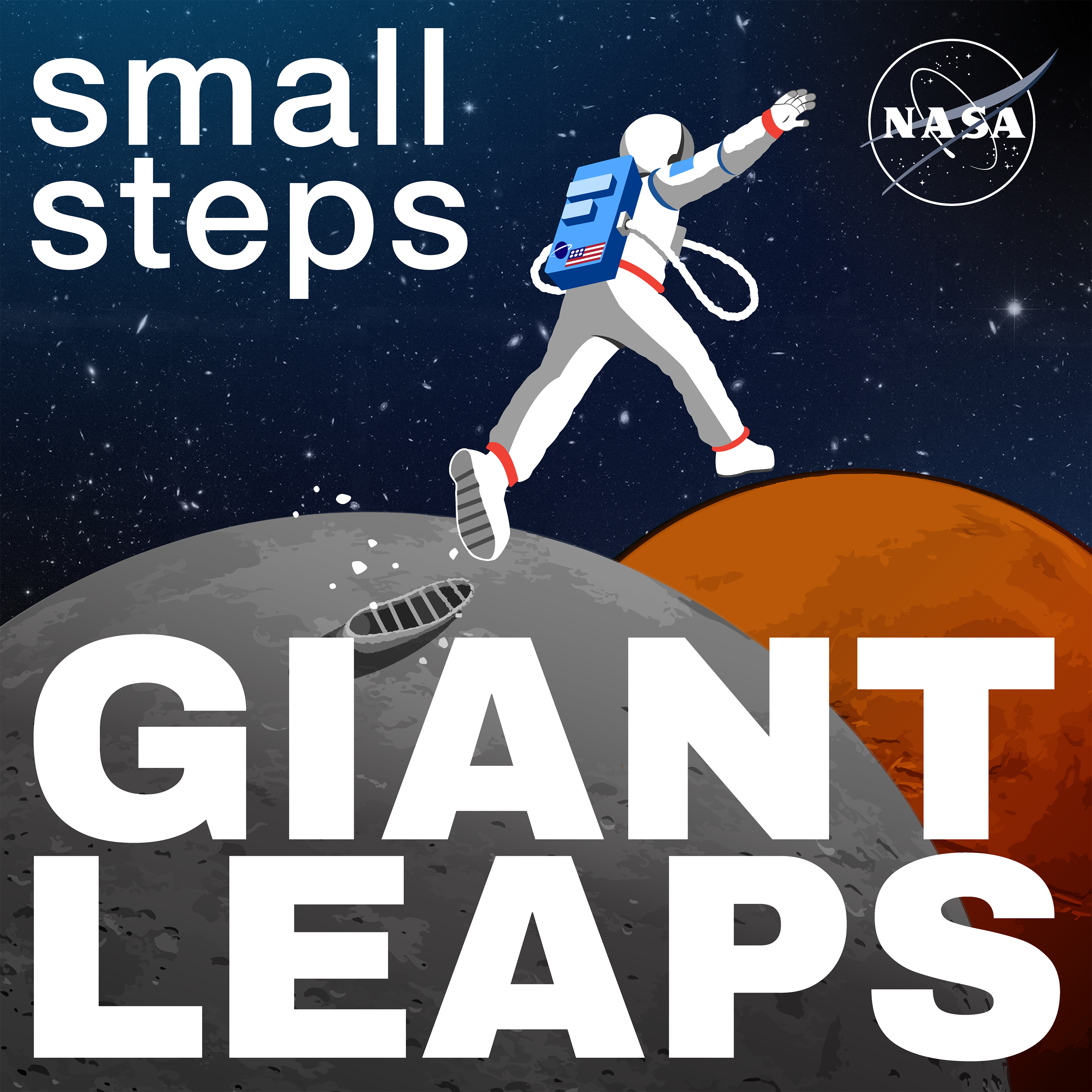NASA’s technical workforce put boots on the Moon, tire tracks on Mars, and the first reusable spacecraft in orbit around the Earth. Learn what’s next as they build missions that redefine the future with amazing discoveries and remarkable innovations.

NASA’s technical workforce put boots on the Moon, tire tracks on Mars, and the first reusable spacecraft in orbit around the Earth. Learn what’s next as they build missions that redefine the future with amazing discoveries and remarkable innovations.
Originally a fashion designer, Paula Cain is a NASA thermal blanket technician, working to protect NASA spacecraft from the extremes of space.
We celebrate NASA’s engineers who turn dreams into reality.
NASA photographer Bill Ingalls talks about his journey documenting history for the agency, stakeholders, and the public.
Research breakthroughs that keep astronauts healthy in space are also transforming medicine here at home.